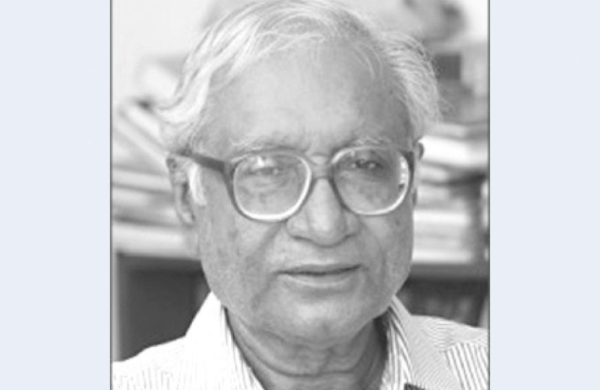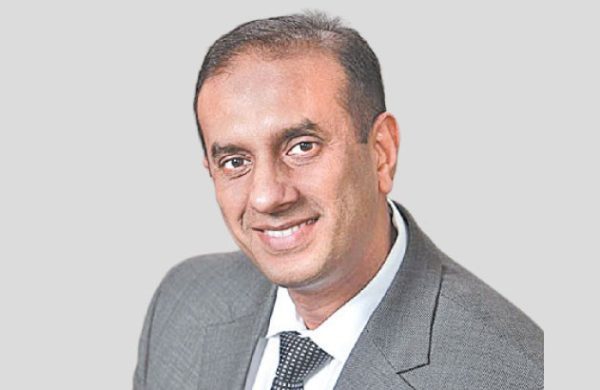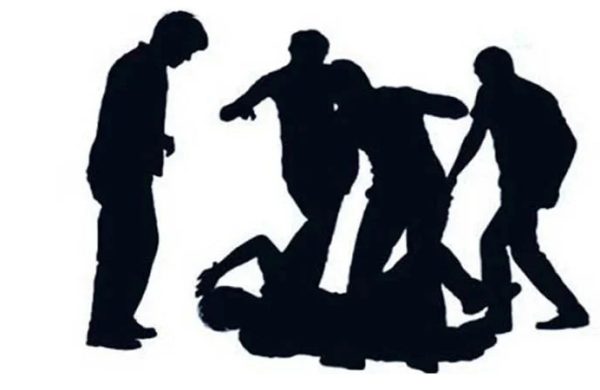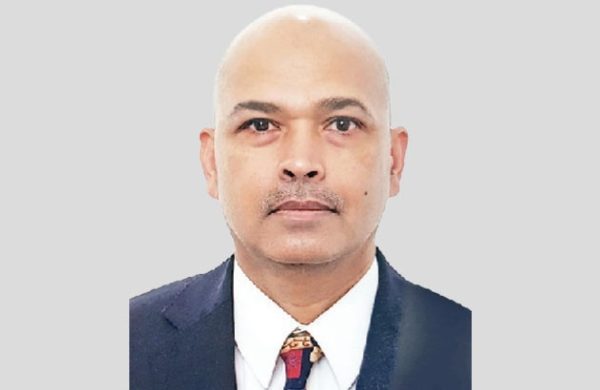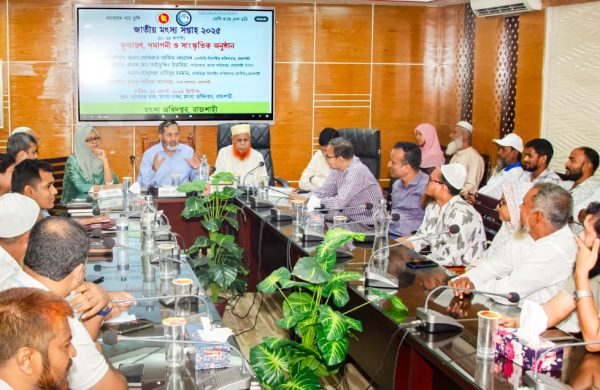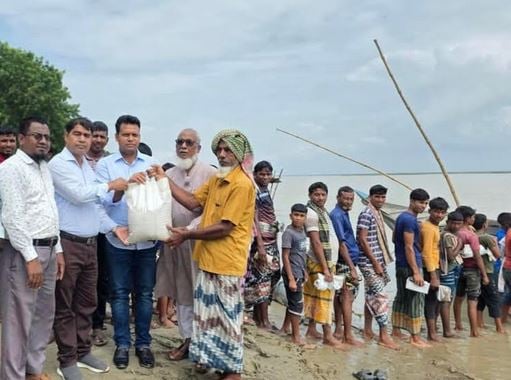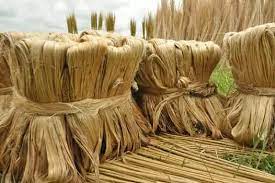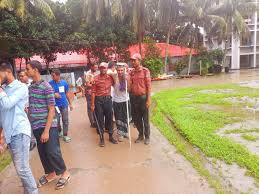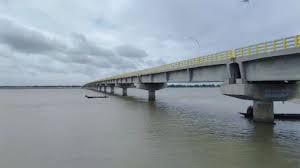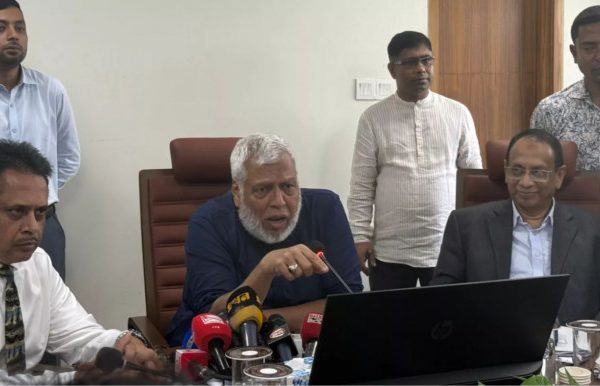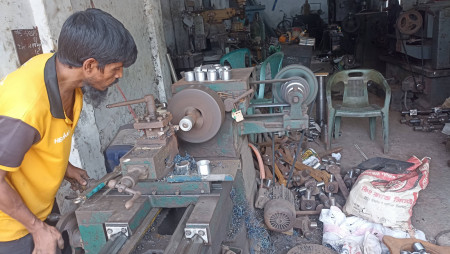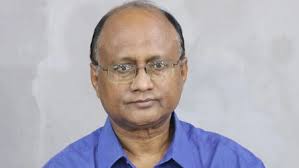The Democracy of Photography
- Update Time : Saturday, August 23, 2025
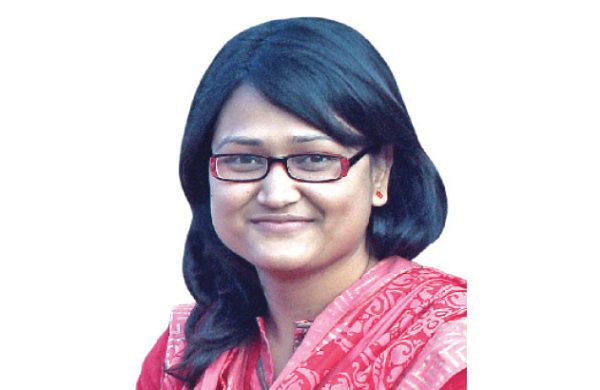
—Kaniz Kakon—
A photograph is a strange company. It does not speak, but it sings along with you at the word of remembered song. And you look at it, and time stops, stops in amber, the dust in the air, the sweat on a brow, the laugh or terror in eyes. That strange power ought to be more than admired, on World Photography Day 2025, 19 August, celebrated as part of World Photography Week (12-26August). Photography, however, when you put a little more thought into it, is not just art or memory. It is the belongingness. A camera, however humble, answers what every democracy yearns to declare: you were here, you count, and your narrative will not disappear.
We are taught to imagine democracy in its big furniture: ballots, constitutions, parliaments. But it actually lives in small proofs. A photograph, humble and fragile as paper, can become one of democracy’s most enduring guarantees. Long ago, portraits were the luxury of kings and generals. Today, a farmer in a floodplain, a nurse after a long shift, a child chasing a plastic ball, all claim the same dignity of being seen. Each photograph is a refusal of erasure. It is a tiny vote against invisibility. And in a time when billions of images rush across our screens, democracy depends not on the flood itself but on the careful ones, the frames that hold truth steady, long enough to be shared, argued over, carried into memory.
Take, for example, two exhibitions in Dhaka, well, just two among many that could be named. In late October to mid-November 2024, the World Press Photo Exhibition 2024 at Drik Gallery opened a window to the globe.
Faces of resilience, landscapes of loss, gestures of quiet defiance, together they felt less like art on a wall and more like testimony. Each image was a delegate in a parliament of vision, speaking across borders without translation. And then, on August 11–12, 2025, the Pathshala South Asian Media Institute carried democracy back to the streets with its two-day travelling show, Photography in the People’s Uprising: July Photography – Witness to History and Tool of Struggle. At Shoparjito Swadhinata Chattar, the very ground where protests once surged, the photographs of the July–August 2024 uprising were displayed in the open air. Fourteen photographers had risked their lives for those frames, ducking under bullets, breathing in tear gas, wondering if they would ever make it home. Their images, students mid-run, barricades glowing under dusk, smoke curling above streets—returned to the people as memory made visible. For two days, rickshaw pullers leaned their elbows on handlebars to stare, office workers paused mid-stride, and strangers pressed shoulder to shoulder. A public square became more than a crossing; it became a classroom of democracy.
I remember another moment, earlier at Drik. The gallery was dimly lit, with only the glow of photographs against clean walls. A small group stood clustered before an image of a woman waist-deep in floodwater, her child perched on one shoulder, her eyes fixed on some horizon we could not see. Nobody spoke for a long while. Then, a boy, maybe twelve, tugged his mother’s sari and asked, in a voice far too soft for the weight of the question: “Will she ever get home?” His mother didn’t answer immediately; she only pressed his hand. And in that silence, the photograph did its work. It pulled strangers into a collective unease, a shared recognition that this woman’s struggle was not hers alone but part of a fabric binding us all. That is what a photograph can do: it makes democracy not abstract but intimate.
Here is where photography proves itself different. A law is written in chambers, and a speech can be rehearsed for effect. A photograph, though, enters public life without invitation. You don’t need a ticket, a translation, or even literacy to understand it. A child can see fear in another child’s eyes. A street vendor can recognize the stubborn set of a jaw and know it means resistance. And when images spill out of white-walled galleries into everyday streets, democracy spills with them. A passerby, even if only for ten seconds, pauses to look, and in that pause, democracy breathes. Not as a theory. As practice.
But none of this is effortless. Behind every enduring image is someone who chose to stay when others ran. Photographers bear the weight of witness. They step into floodwaters, crouch through tear gas and wait in alleys while streets erupt. Their devotion reflects democracy’s fragility: never guaranteed, always needing guardians. And in an era of doctored pictures and deepfakes, the honest photograph feels almost rebellious. One genuine frame can slice through propaganda like a blade through fog. That is why institutions like Drik and Pathshala matter, not only as schools of craft, but as schools of conscience. They remind us that pressing a shutter is also pressing a promise: that truth deserves at least one defender.
So when World Photography Day 2025 comes, what we honour is not just the play of light and shadow, but the stubborn insistence of testimony. A photograph will not stop a cyclone or end an uprising. It cannot dissolve injustice overnight. But it can keep denial from swallowing memory. It can preserve a wound or a triumph long enough for justice to catch up, or at least for forgetting to lose its grip. Each image is a stitch, each sequence a thread, and together they weave the fabric of freedom. Democracy, finally, is not carved only in marble or inked into constitutions. It is carried too in the flash of a shutter, in the courage of those who look, and in the dignity of those willing to be seen. That is the quiet miracle: in the instant of a photograph, eternity becomes democratic.
——————————————————————————–
The writer is an Assistant Professor in the Department of Philosophy at IUBAT and pursuing a Master’s in Human Rights and Multiculturalism at University of South Eastern Norway



